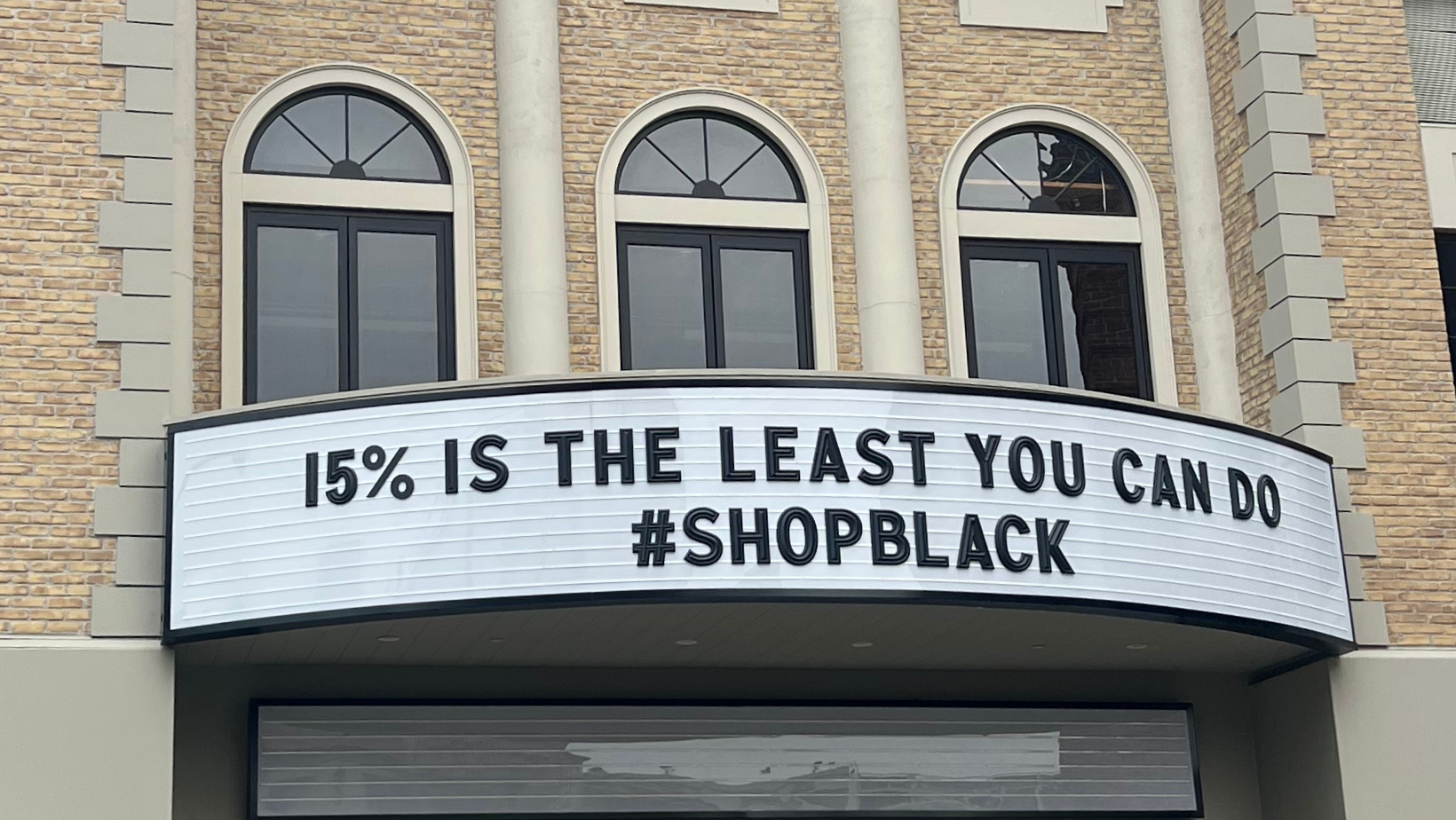Can You Afford The Lifestyle You’re Living?

May 25 | 2024

Audrey Hepburn in "Breakfast At Tiffany's", shopping at Tiffany & Co.
Paramount
Look, I get it. We live in a social media-driven world, where millions of people log into their multiple accounts daily — even hourly! — to promote the illusion of their ideal life. They share snapshots of the highlights of their days: trips to the cafe, lush travels to islands, shopping trips at luxury fashion








